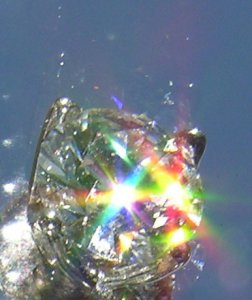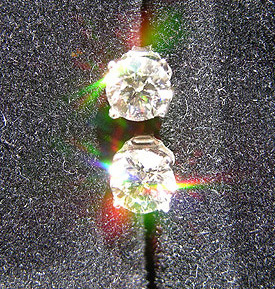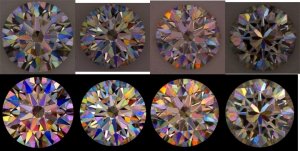JohnQuixote
Ideal_Rock
- Joined
- Sep 9, 2004
- Messages
- 5,212
The whole post is a good summary.Date: 3/20/2006 1:01:11 PM
Author: strmrdr
Im wondering if the biggest difference in the labs when it comes to painted girdles is the basic method of cut grading they are using.
AGS is actualy running the full data scans and if they meet the brightness and contrast criteria in the computer program they pass even with painted girdles.
GIA in whatever way is either looking at them or from the scans checking a box that says painted and they get downgraded without other considerations.
Doing it that way good pointing and digging wouldnt get downgraded by AGS but the bad kind would.
Doing it that way they would get downgraded at GIA no matter the performance.
That seems to be what is happening and would be a direct result of a proportion based system(gia) vs a performance based system(ags).
Edited to add: This fresh from AGS regarding the position that both organizations (AGS/GIA) recommend against painting:
"this generalized statement is misleading. We neither endorse nor oppose ‘painting’ or ‘digging’. We ray trace 3D models of diamonds. If the stone gets the values for brightness, contrast, dispersion and leakage - it gets the grade."
Strm - your wording was eerily similar. Are you wire-tapping the labs?








300x240.png)